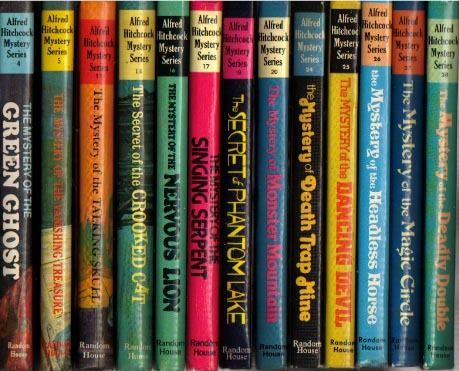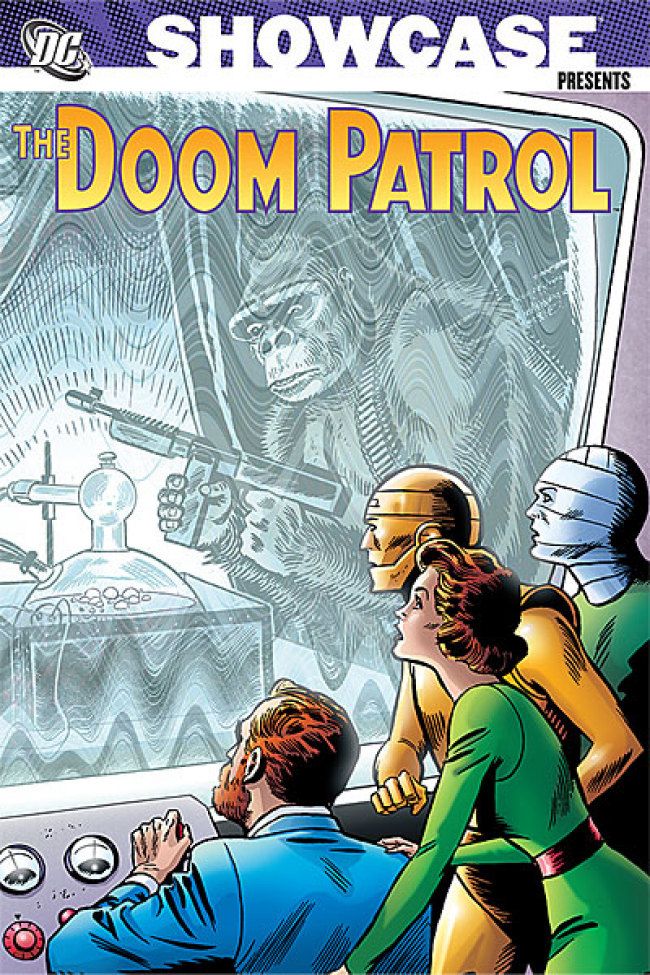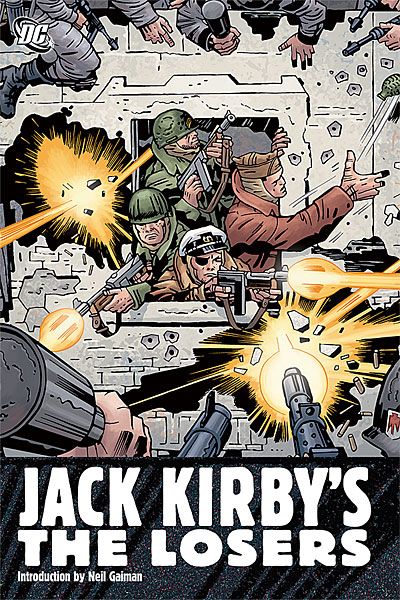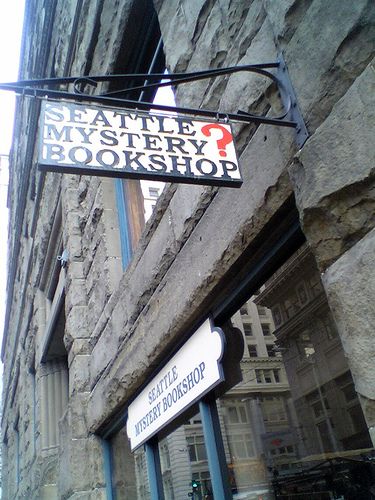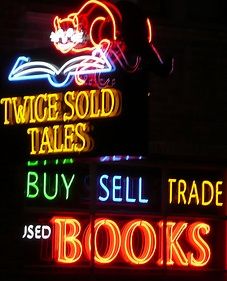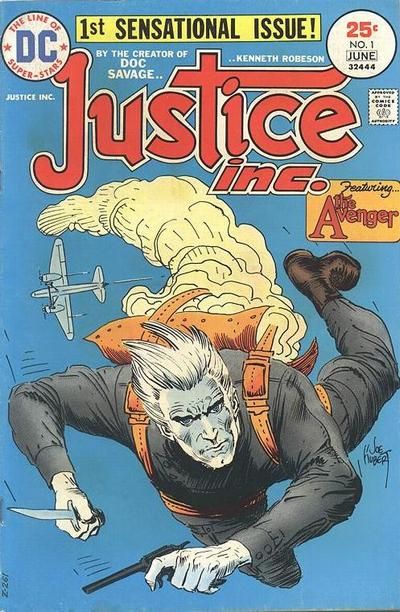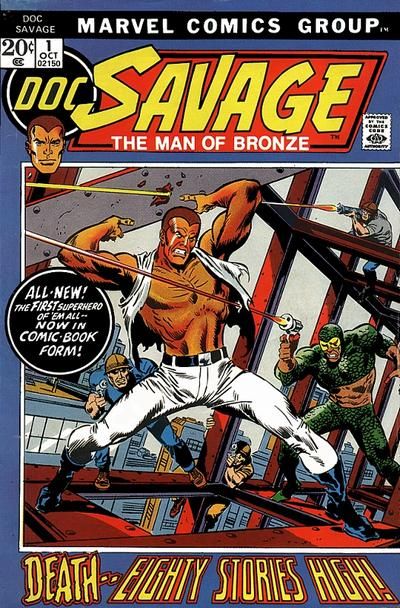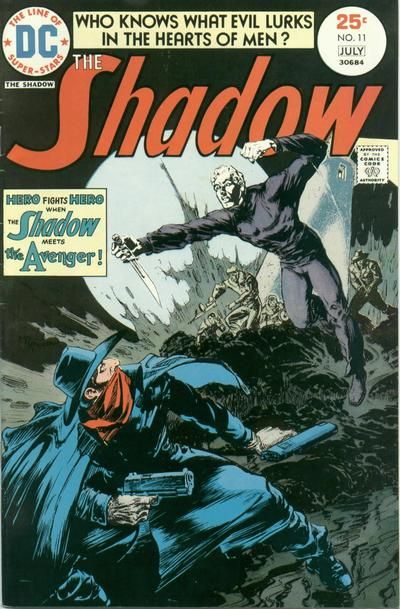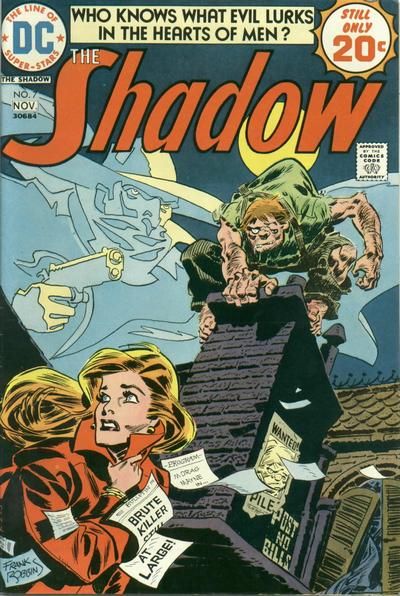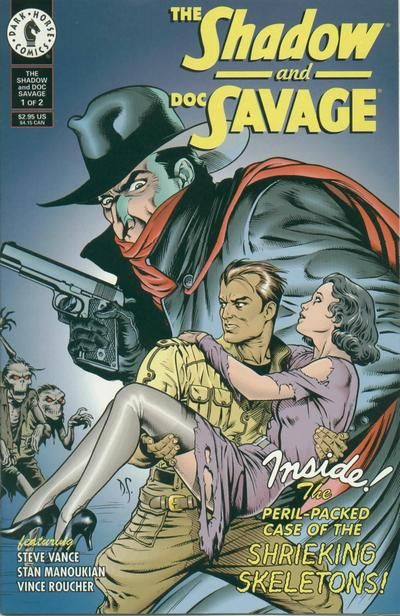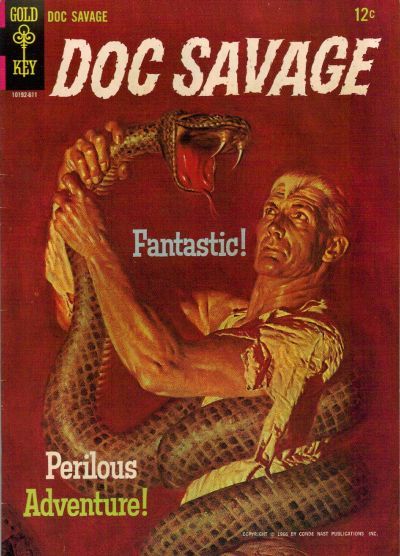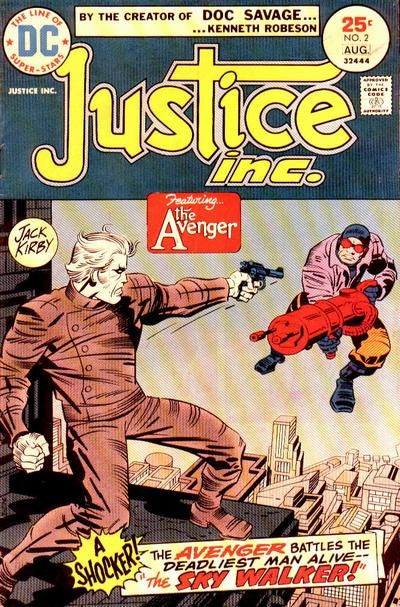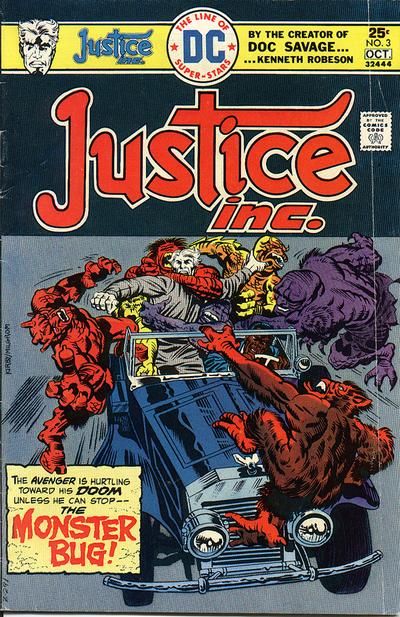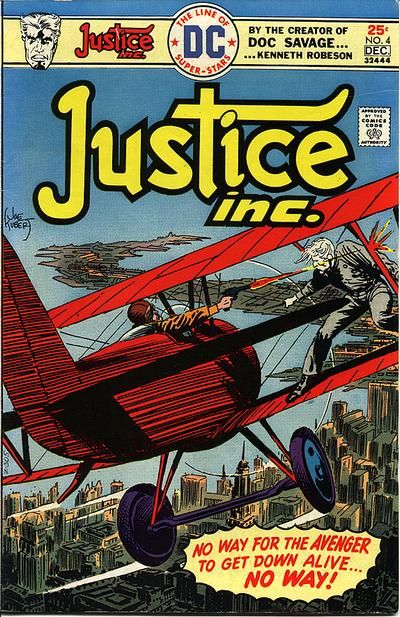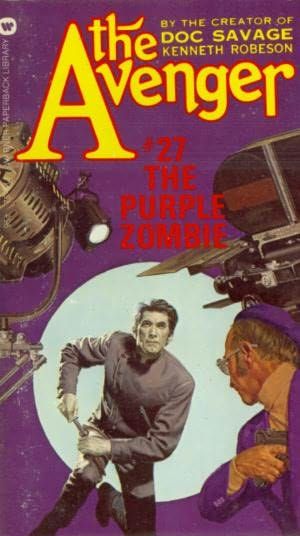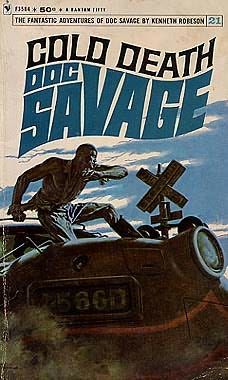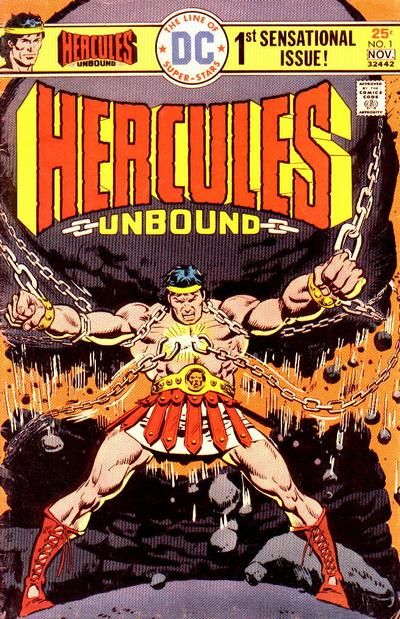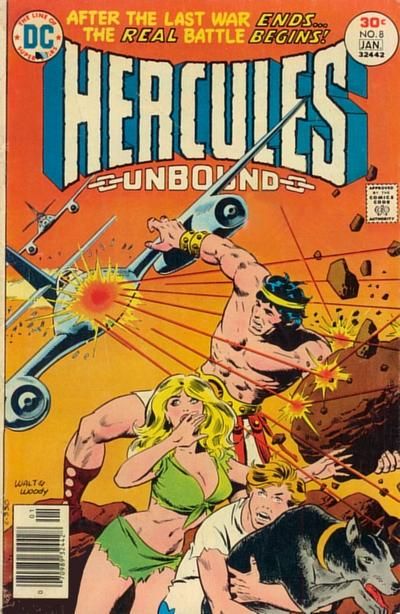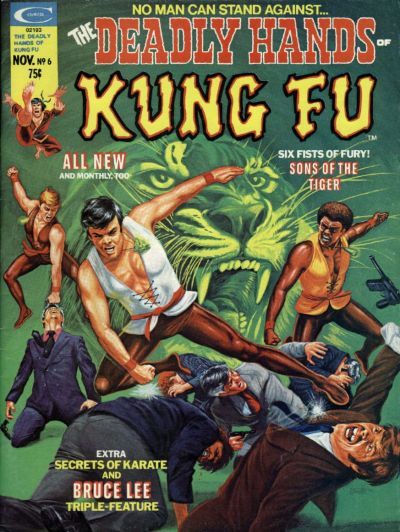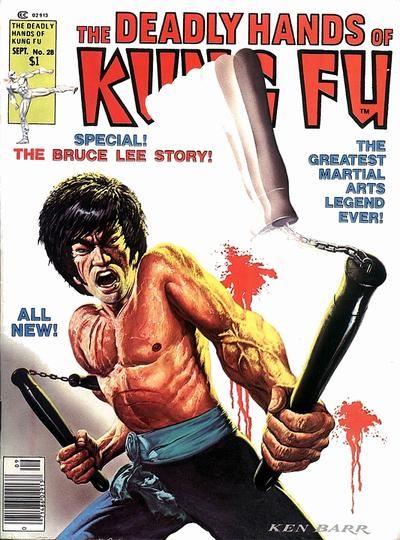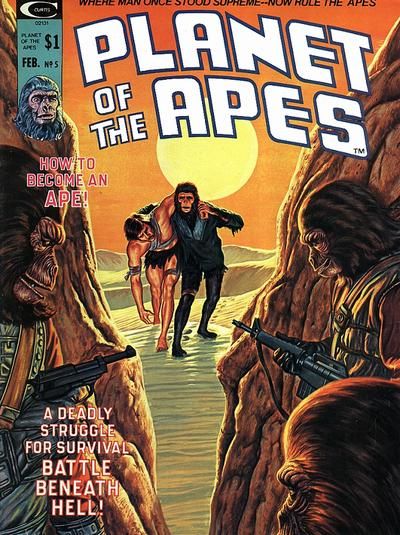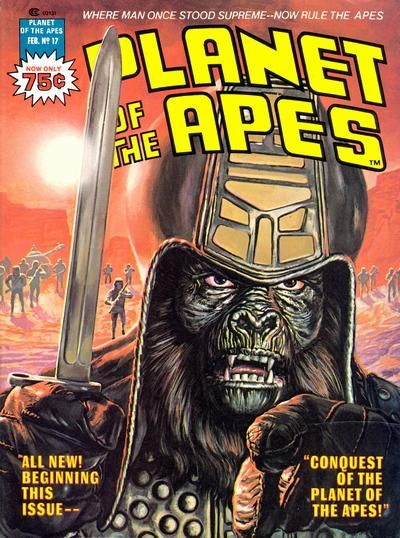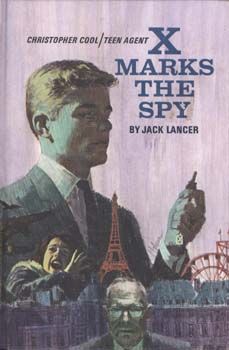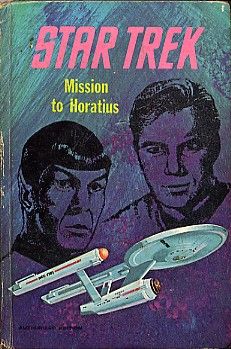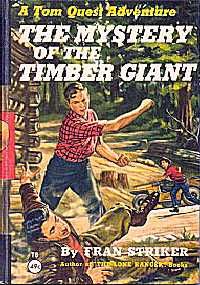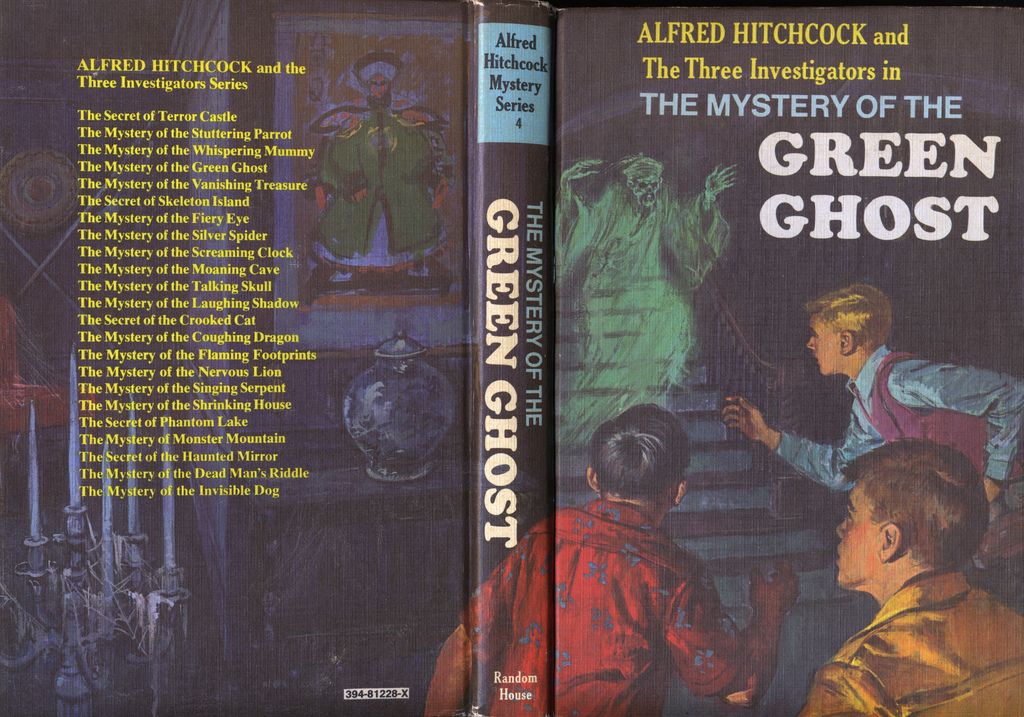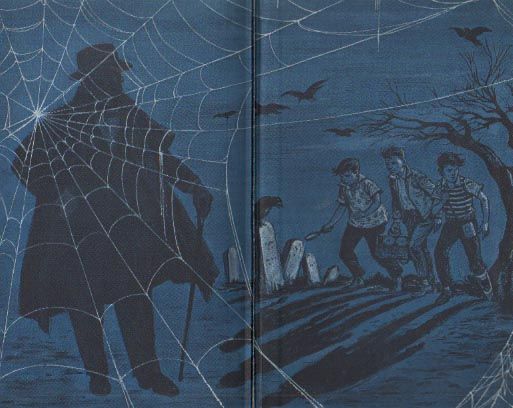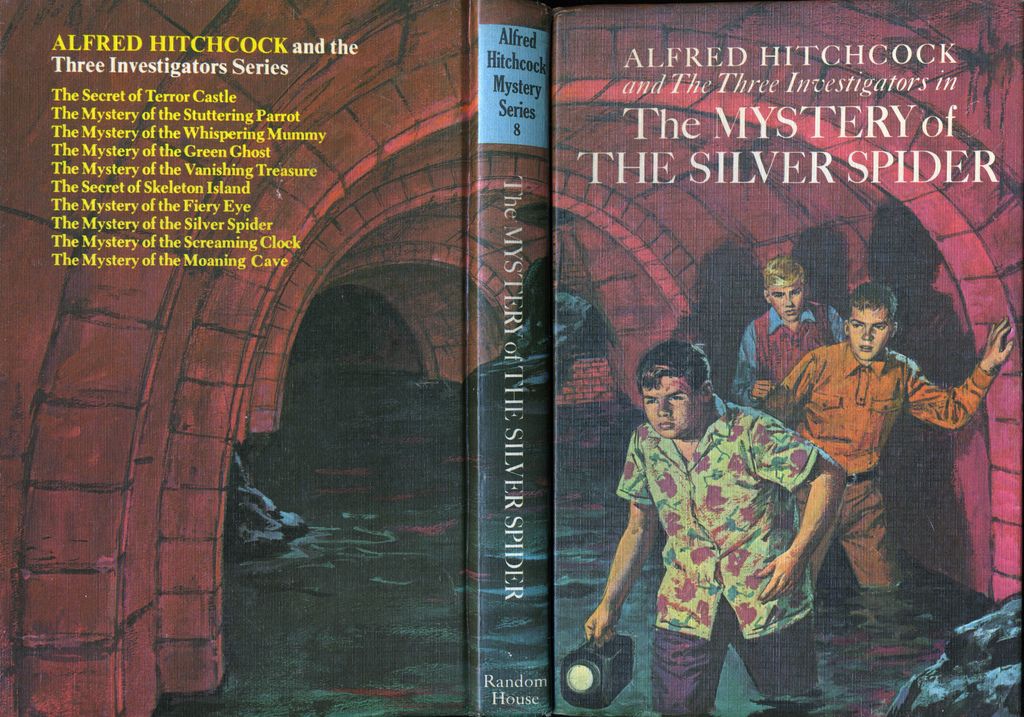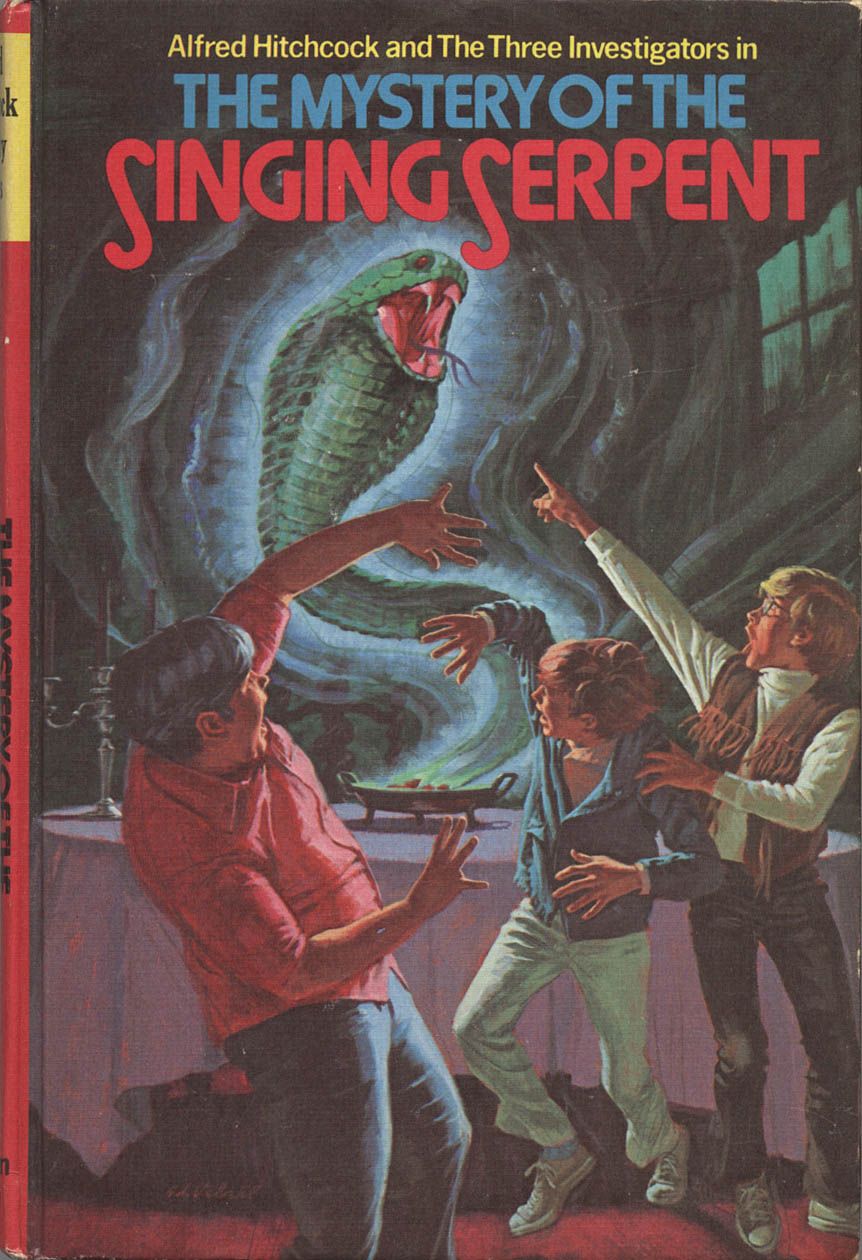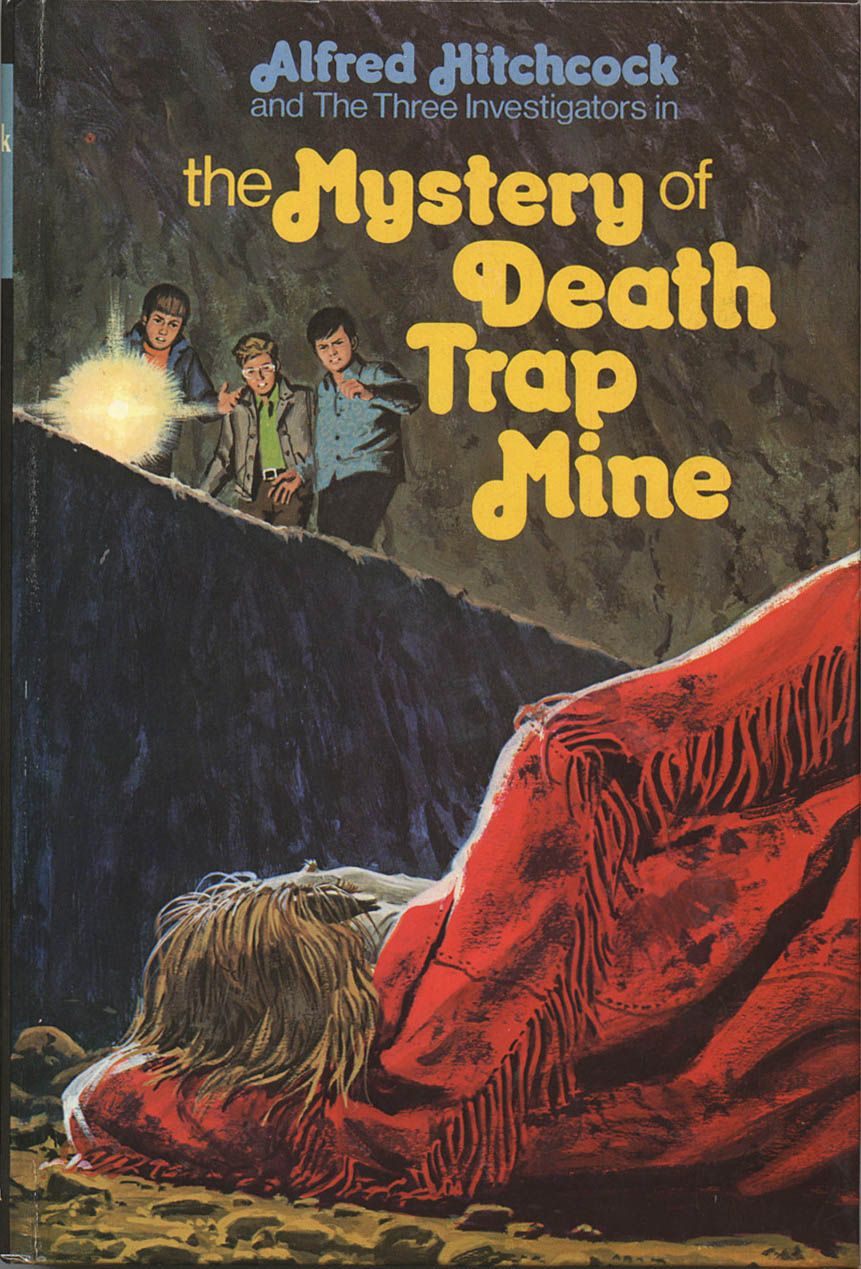In recent weeks, I've been taking a hard look at my buying habits, trying to figure out where so many of the books and comics around here came from and how to avoid cluttering the house up with even more of them in the future unless I really, really like having them here.
This sounds fine in theory, but there's a problem I discovered in trying to suss it all out. It's not just that I love reading comics. I love buying them, too.
Especially when that involves hunting for them. Far and away the bulk of the reading material in this place was bought used -- antiquarian pieces, back issues, or remaindered, out-of-print things. I resolved at the first of the year to cut new purchases back and I've done that, the pull-list stuff has dwindled to almost nothing. The few new comics purchases that get made around here tend to be reprint volumes (it's almost embarrassing, how overjoyed I was to see that Doom Patrol Showcase a little while back.)
I've gone on and on, many times, about how much I'm loving the current trend at comics companies to reprint even the obscure stuff. And I am totally okay with having a nice reprint volume instead of the originals. Recently the hardcover collecting The Losers by Jack Kirby arrived and I'll tell you flat out that this book is one of the best things Kirby did at DC, and it's wonderful to have it between two covers.
However, as our friend Kurt Mitchell pointed out to me not too long ago, it's ridiculous that fans will pay $39.95 for a hardcover collecting comics that you usually can find discounted down to a dollar or less each for the individual issues. (I love my Losers hardcover, but not enough to have paid full price for it. I got mine for less than a quarter of what it retails for. )
Apart from the "smart shopping" factor involved in buying used and the great deals you can get, though, the plain truth is that I love the hunt. I get a big kick out of the act itself, of browsing through old bookstores and thrift stores, and most of the people I know feel the same way. Used to be when writer friends of mine would fly in to Seattle to visit, we wouldn't do touristy things like visiting the Space Needle or taking a ferry ride to Bainbridge. No, we'd do the bookstore crawl.
Start at Elliott Bay in the south end of downtown, then to the Seattle Mystery Bookshop, followed by Left Bank Books a few blocks north, then maybe over to Twice-Sold Tales on Capitol Hill, then further up to the University District to amble through Beauty and the Books, Magus, the other Twice-Sold Tales, then wrap up at The Paperback Exchange up around northeast 52nd street. If my friend was a comics person we'd be sure to stop in at both the downtown and University Zanadu stores and maybe Time Travelers, too.
Sadly, several of these places are gone now, but we still like to do the bookstore crawl. Moreover, I married a woman who introduced me to the treasures an alert bibliophile can find at Goodwill and St. Vincent de Paul's thrift stores, as well. So it's inevitable that our home is filled floor-to-ceiling with things to read.
Our recent move put a dent in our tendency to accumulate books, and we are resolved to be a lot pickier about the stuff we bring home. However, even as I'm going through all these comics longboxes and crates of old paperbacks, grimly determined to by God have a real purge in the coming weeks, what I'm finding is that I really do love a lot of these books. Even more, I enjoyed hunting for them.
Here are a few of the ongoing grail quests in the Hatcher household. Bear in mind that yes, I know that searching online I could wrap up all of these in about an hour, especially if money was no object. But money is an object -- part of the fun is trying to score these things for under five dollars -- and more to the point, the search is part of the pleasure. Google-and-click just isn't the same.
These are just some of the things I pick at, when we're out noodling around old bookstores or garage sales or wherever. The items that are on the short list of What I'm Always Looking For.
Pulp-hero comics. Generally, someone's always doing one somewhere. (I think Moonstone is the latest publisher to experiment with these.) But the real pulp revival was in the early 1970's.
Marvel tried Doc Savage a couple of different times. DC was doing The Avenger and the Shadow. These were all fun books, but nobody seemed to be able to make them go. The only one of the bunch to even get into double digits was DC's version of The Shadow. That one is famous largely for the amazing work Mike Kaluta did on the art, but I also like what Frank Robbins and E.R. Cruz did on that run.
At any rate, I'm a sucker for these comics, no matter who worked on them or which publisher is trying them.
The nice thing is that, by and large, most collectors aren't that into these books, so you can find them for reasonable prices. At the recent Emerald City show I was able to pick up all four issues of DC's Justice Inc. for less than three dollars. And Jack Kirby did three of them: one of the few Kirby jobs that's unlikely to ever be reprinted. Though you never know.
Sadly, not even Kirby could sell the Avenger to DC readers. It's weird; I can completely see why editors would think this was a good gamble, because at the same time, pulp reprints were having huge success in paperback. Doc Savage was doing great for Bantam Books, and over at Warner Books the Avenger was doing so well that they commissioned Ron Goulart to write a bunch of new ones.
Yet none of that success translated to the comic books. But I am very fond of those stories, as well as most of the other pulp heroes that have found their way into the comics.
Unlikely to be reprinted. These are comics that, for whatever reason (usually licensing issues) are probably never going to get any kind of Showcase or Essential collection. For example, my other big score at Emerald City a couple of weeks ago was a huge chunk of the DC Hercules Unbound.
That was a terrific book, especially the early issues scripted by Gerry Conway, and with breathtaking art by Jose Luis Garcia-Lopez and Wally Wood. It opened with a blind teenager named Kevin and his dog Basil finding Hercules chained to the rocks on a small atoll off Greece, in the few short weeks after the onset of World War Three. Gradually it developed that the nuclear holocaust had actually been the result of Ares, the war god, manipulating world leaders, and... well, really, you should read it for yourself. The blend of Greek mythology and post-holocaust science fiction was what made it so much fun, and the series was at its best when it emphasized that culture clash.
The book only lasted twelve issues, with Cary Bates and Walt Simonson doing the final wrapup. It's not without its flaws. I think Conway made a mistake when he tried to tie the series in to Kamandi, and Bates compounded that mistake by introducing the Atomic Knights into the storyline -- this was a series that worked much better as an isolated piece of fantasy/SF, without a lot of DC lore larded on top. But on the whole it's a good time. I'd heard all twelve issues were to be included in Showcase Presents the Atomic Knights and then that book was inexplicably canceled. (Maybe some Marvel lawyer suggested to DC that it was too competitive with its current Hercules book? Who knows?)
At any rate, you can put together the twelve-issue run for considerably less than a Showcase would run you. And I'd certainly recommend it. Still working on my set, but I'm only a couple of issues away now.
My favorite books to look for that I am reasonably certain aren't going to get reprinted any time soon are a couple of the Marvel black-and-white series. I'm completely in love with the Marvel magazine line of that period anyway, and though several of the horror books have been Essential'd, my particular favorites are highly unlikely ever to get the trade-paperback treatment.
First among equals for me among the Marvel magazines is Deadly Hands of Kung Fu.
Tracking down copies of this magazine has been entertaining me for several years now, and I know I've mentioned it in this space more than once. The thing is, I have enough collector in me to enjoy the hunt and the challenge of finding the things, but I won't pay collector prices, and this series has become a Bruce Lee collectible. So you have to just keep an eye out for those happy accidents where you find a dealer whose primary interest is in something else and he has items like this as an afterthought. I've had better luck with finding affordable copies of this series in used bookstores and, amazingly, antique shops, than I ever have from actual comics retailers.
Though I did get one from a fellow at the convention last week for $4 -- he didn't even know that Tony DeZuniga, who'd done a lot of the interiors for that issue, was at the same show or you can bet that it would have been a hell of a lot more than that. I snatched it out from under him and then I felt guilty so I told him that he could probably get a lot more for his Savage Sword books, considering the artists who drew a lot of them were just on the other side of the show floor.
Deadly Hands of Kung Fu only ran for 33 issues and one Annual, and I'm only missing three of those. Unfortunately, one of those is the Bruce Lee biography/tribute issue, and that one never shows up anywhere for under thirty dollars. Most of the time dealers want fifty or more. But the challenge makes it fun. It's unlikely to be collected because of all the licensing issues with Shang-Chi and the Fu Manchu rights, and I don't know that there's enough leftover material -- or reader interest -- to make it worth collecting the Sons of the Tiger/White Tiger series in its own book. Anyway, that would leave out the Iron Fist six-part serial, as well as the four-part "Swordquest" and the first Daughters of the Dragon two-parter and all sorts of other ancillary material that's nice to have, not to mention the Shang-Chi stories that are about a third of the run. So I prefer to have the originals.
Another short-run Marvel magazine comic I am always on the lookout for is Planet of the Apes.
This was an interesting little series because it had original stories as well as movie adaptations, along with all sorts of behind-the-scenes stuff from the movies.
Generally, the format was two stories per issue -- an original leading off, then a backup that was a chapter adapting one of the movies, with a prose article of some kind in between. Again, this was something that looked like it should have been a hit but somehow just wasn't. (The TV series didn't really take off either and everyone thought that was going to be THE show to beat in 1975. Go figure.)
A couple of years later, Marvel reprinted the first two movie adaptations in serialized form in a color comic series titled Adventures on the Planet of the Apes that ran eleven issues, and the original-to-the-magazine stories somehow made it into print in a catchall anthology series in Britain called -- I think -- Mighty World of Marvel.
But, again, the best package was the magazine itself and so that's what I look for. It ran twenty-nine issues in all and most of those that I've seen are very cool: there were several with amazing, psychedelic art jobs from guys like Tom Sutton and Alex Nino. This is getting rather difficult to track down on the cheap because the first half of the run, which I mostly own, had a much larger print run than the last half of the run. Once you pass, say, #19 or #20 it becomes damnably difficult to find them at all, let alone for a reasonable price. So this is a hunt that should keep me busy for a while, especially since I think the comic-book rights to the Apes series are so snarled up no one has any idea who'd even be allowed to reprint this one any more.
Young-adult adventure series books. That is to say, adventure series like the Hardy Boys or Nancy Drew, though my tastes run to the more obscure ones. These are not strictly comics, though the times I've mentioned them here, people have been interested. And comics people often worked on them. (I was flabbergasted to find out that Steven Grant, of all people, has several Hardy Boys titles to his credit.)
I've talked before in this space about the Whitman TV books and Christopher Cool: TEEN Agent, among others, but really the ones I love the most (and the ones that are the hardest to find in the original hardcovers) are the Three Investigators books.
These were very popular books in the 1960's and early 70's, when I discovered them, and they hold up pretty well today. Even now, at the age of forty-seven, I can still read and enjoy these books simply as mysteries.
The Three Investigators were Jupiter Jones, a mildly overweight former child actor whose slob appearance concealed a fearsome, Holmes-like intelligence: Pete Crenshaw, an easygoing jock type whose bravery in tough situations belied his protests that he'd much rather be safe home in bed than out prowling haunted castles or abandoned graveyards and so forth; and finally, Bob Andrews, a studious library aide who never let his frail physique get in the way of being included in an adventure. They lived in southern California and operated out of an old house trailer in the Jones Salvage Yard. The trailer was concealed behind piles of junk and had all sorts of secret entrances and so on. The boys operated their detective agency as a real business, offering to find lost pets and similarly innocuous things. Inevitably, whatever innocent missing-parrot case they were looking into would turn into a showdown with international art smugglers or something.
Now, when I talk about these books, generally I'm referring to what I call the "real" ones. I mean the hardcovers that feature Alfred Hitchcock in the series title.
This was strictly a licensing gimmick, Hitchcock had nothing to do with the books other than lending his name to the series -- they didn't even have his picture on them after the second volume because of licensing problems.
Nevertheless, in addition to purportedly writing the introduction to each book, Hitchcock was actually a character in most of the early books and it added to the fun to think of him 'introducing' each adventure.
Robert Arthur was the creator of the series and wrote the first eleven of the books. These are fairly easy to find in paperback, but the trouble is that all the Hitchcock references have been edited out, I guess on the theory that it dates the books too badly. I can't really argue with that, though I think having Hitchcock there is part of their charm.
At any rate, I much prefer the original hardbacks complete with the Hitchcock title and the wraparound cover illustrations, as I first encountered them in my elementary school library and then later on at K-Mart.
Apparently, most collectors agree with me, because the hardcovers with the Alfred Hitchcock references intact are the ones that are hard to find and go for pretty steep prices on most dealer sites.
After Robert Arthur quit doing them, most of the rest of the series were written by either Mary V. Carey or William Arden.
Those are pretty cool too, but really goddamn hard to find unless you go through an antiquarian dealer and pay through the nose.
Most of the early books in the series were illustrated by a guy named Harry Kane, who worked on a lot of these young-adult suspense-type books back then. According to his daughters, he worked in comics at some point too, but I have no idea on what or for whom. It's possible that they're simply mistaken, though there's a kinetic quality to a lot of his illustrations that suggest he might well have done an adventure strip at some point.
There are many fan sites devoted to the Three Investigators -- this one is probably the best of them, for those of you that are interested in further research. I've doubtless gone on way too long about them here already.
Anyway, I am continuing to pick away at finding the original hardcovers. There are forty-three in all, with the first thirty featuring Alfred Hitchcock. So far I've got five of the original eleven Robert Arthur volumes, one of Mary Carey's, and I am keeping an eye peeled for the others. This is generally something we luck into at library sales or thrift shops, because the word's out on these books as far as online dealers are concerned. If you can get one in good shape for ten dollars, that's a steal, any more.... and those are the ones with the library stamps and so on. "Like New" or "Mint condition" generally will run you about thirty dollars each.
So this is not something I can really afford. But every once in a while, at a Goodwill or a Value Village, you get lucky. And that moment, when you see that great find right there on the shelf -- well, that's the whole point of the hunt in the first place, isn't it?
*
So those are a few of my particular want-list items. I'd be interested in hearing from the other collectors out there as to what your "short-list, always-looking" items might be, just for fun, if any of you are interested in playing at home.
See you next week.

